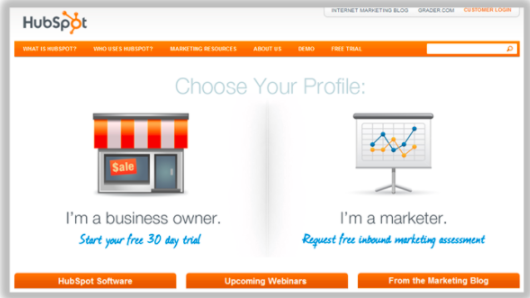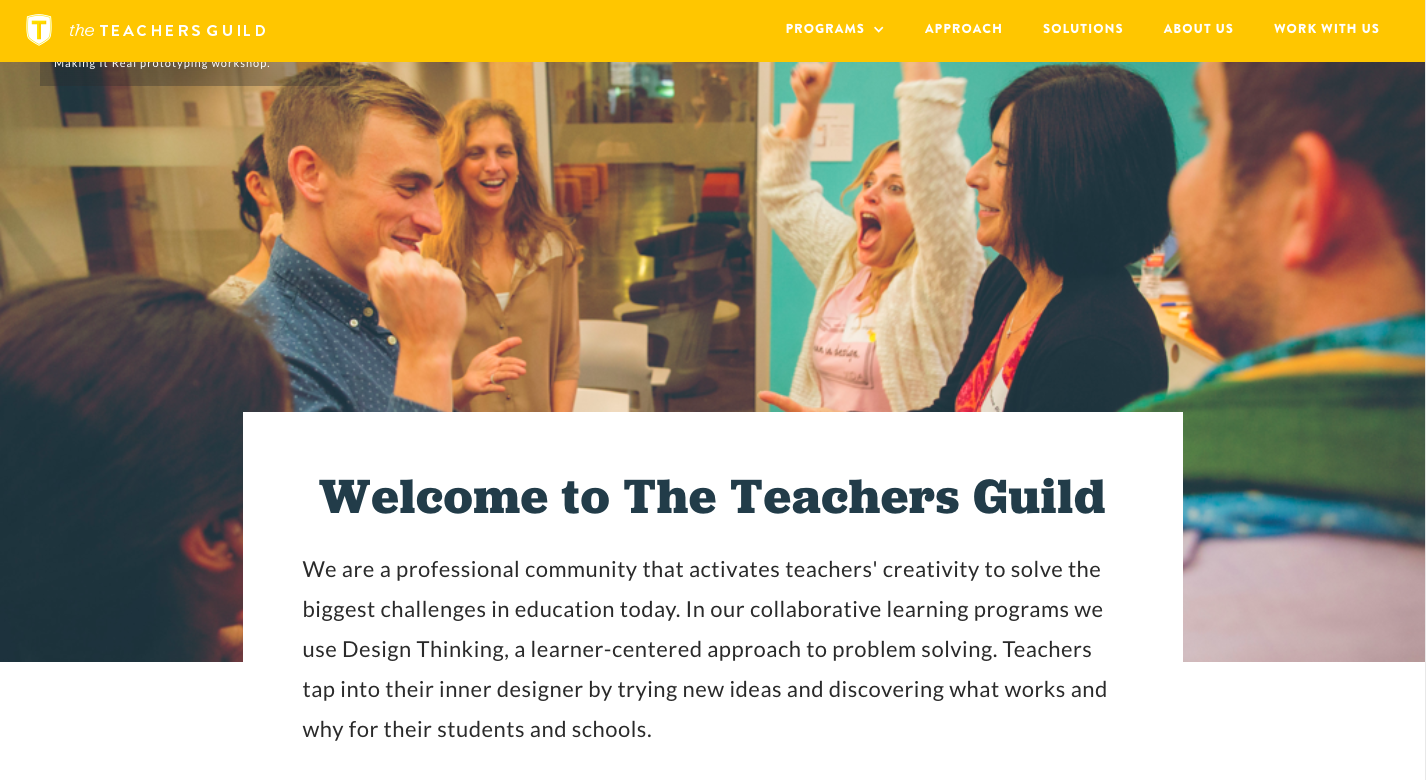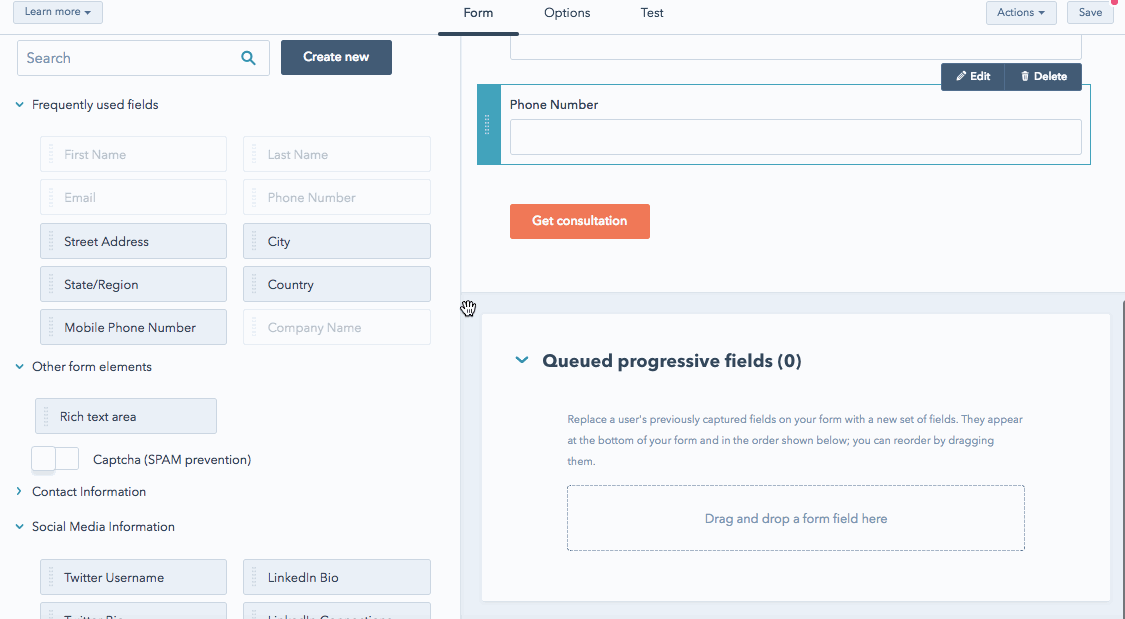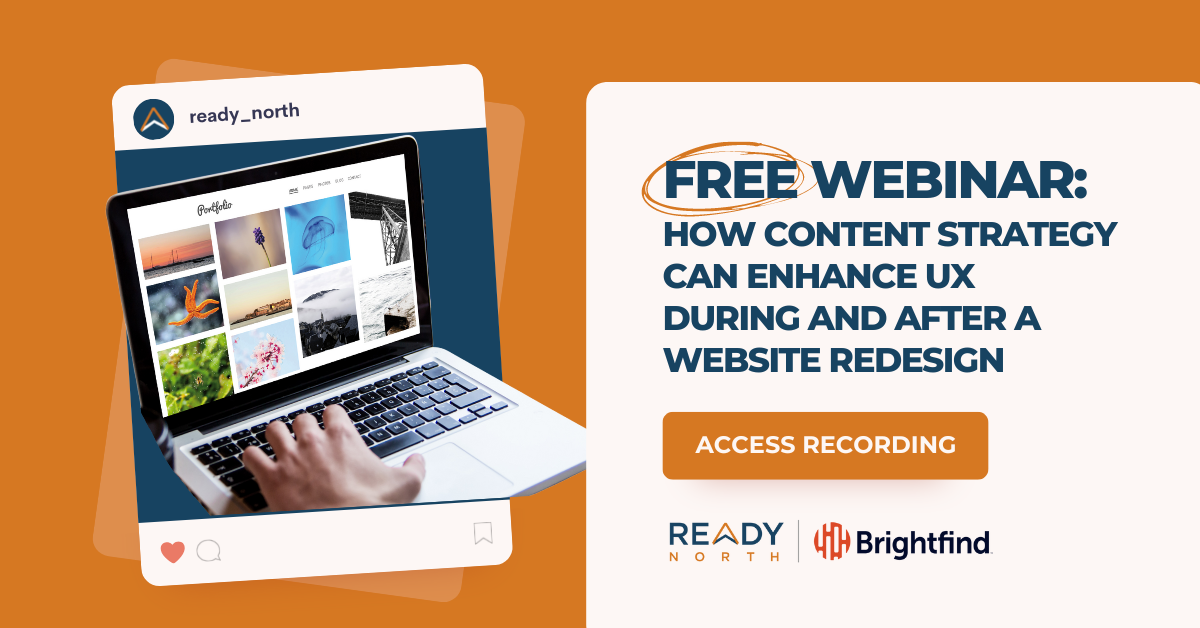Today’s consumers are conditioned to expect personalization. Popular platforms like Netflix, Amazon, and Instagram have taught us that when we use certain services, our preferences should alter the experience in some way to make it more helpful. To that end, Netflix provides personalized recommendations for series and movies, Amazon suggests products we might like to purchase, and Instagram enhances our feeds with posts and accounts that might earn a treasured double-tap.
And the numbers don’t lie: Statista revealed that a staggering 90% of U.S. consumers find marketing personalization very or somewhat appealing. If that’s not enough, SmarterHQ found that 72% of consumers say they only engage with personalized messaging.
Now, there’s an essential component to the personalization recipe that can make or break your marketing efforts: Context.
Context is the somewhat nebulous idea that we, as marketers, should anticipate the circumstances that form a person’s setting, motivation, or mood when they engage with our brand. Then, we personalize the brand experience based on that visitor.
So, for example, the homepage for a company that sells outdoor apparel might feature different CTAs and copy for women versus men.
With that in mind, HubSpot defines contextual marketing as a strategy based on personalizing the user experience on your website. It’s focused on creating targeted content tailored to your visitors’ needs and preferences.
Using contextual marketing, we can make sure we’re delivering the right message, to the right person, at the right time.
Here’s how to get started.
1. Create buyer personas.
A buyer persona is a semi-fictional representation of your ideal customer based on market research and real data about your existing customers.
Buyer personas are the core of contextual marketing. In order to deliver the right message to the right audience at the right time, you have to know who that person is.
Buyer personas can be created through research, surveys, and interviews of your target audience. That includes a mix of customers, prospects, and those outside your contacts database who might align with your target audience. When you develop personas, ask specific questions to narrow in on demographics, education, career path, details about their company, industry, size, organizational chart, and day-to-day lives.
Not sure where to start? HubSpot has a guide for that here.
2. Design your website’s user experience (UX) around each individual user.
Think about ways you can provide each website visitor with the context they need depending on their stage in the buyer’s journey. To achieve this, your content needs to be:
Useful. In other words, content that’s relevant to this person’s stage in the buyer’s journey. Do you have landing pages, downloads, or dynamic content for different stages? This is where you’d use it.
Intuitive. Consider what questions your users have. Answer them clearly and one at a time.
Consistent. Though some aspects of your website will change with contextual marketing, maintain consistent web design, layout, and navigation. The more familiar we are with something, the more we like it.
Accessible. Seventy-six percent of users say the most important element in web design is how easy it is to find something.
HubSpot even recommends implementing “choose your own adventure” links. In other words, building in links on your homepage or navigation that allow visitors to self-select who they are and what kind of content they want to see. This eliminates any question of what the site visitor should do next, and it allows you to more easily channel your visitors and expose them to certain content on your website, giving you more control over their actions.

Appealing. Don’t disregard the core tenets of design. Incorporate white space, pleasing, on-brand colors and images to maintain your site’s visual appeal.
The Teacher’s Guild is a perfect example of a website that uses diverse design elements like appealing visuals and prominently placed white space to guide users down the page through its content.
The right website design will literally walk you through the story the brand wants to tell.
3. Use personalization.
Ever taken a quiz for your ideal skincare product? New car? Workout plan? Where you should vacation? Well, that skincare, car, athletics, or health company just got some valuable data they can use to help customize your experience with their brands.
There are tons of ways to personalize your website experience using contextual marketing. Here are a few ideas.
Dynamic content. Use dynamic content (known as smart content in HubSpot) to personalize the copy on your site. Here’s a great example from Shopify:
Our focus should be on customizing the content to reflect the user's context. This ensures that our content is as relevant as possible. One example of this customization would be to alter a generic “follow us on Twitter” call to action, in favor of a tailored message unique to the user’s context.
Let’s say the user has just purchased a camera on an ecommerce site. We can reword that “follow us” call to action to something like “for tips and tricks on using your new camera follow us on Twitter.” This becomes a much more compelling call to action because we have incorporated our understanding of the user’s context in a relevant and meaningful way.
CTAs. As you collect information about a website user and learn more about their stage in the buyer’s journey, your CTAs should reflect that understanding and help them along in the buying process. Targeted CTAs have 42% higher view-to-submission rates than generic CTAs for all visitors.
For example, if a highly qualified SQL is on the products page of your website, your CTAs shouldn’t distract them with secondary or top-of-funnel actions like subscribing to the blog. Instead, they should be removed completely or adjusted to encourage something like signing up for a demo.
Smart forms. After a user fills out one form on your site, you may already have their name and email address. Next time the user is confronted with a form, don’t ask for the same information. Use the opportunity to ask for different information, like company size or geographic location.
One way to do this is with progressive fields on your HubSpot forms, which queue up new fields based on what information you already have on a website visitor.
4. Segment your audience.
There are a million ways to segment your audience. We recommend starting small and being very specific. What prospect activities are the most important to your business goals? Prioritize those first.
For example, do you have a list of people who watched your promotional video? Narrow in on specific groups of those viewers. For example, people who watched your video on Facebook and are based in Ohio.
Here are some examples of ways to segment your audience.
By location. SEMrush provides a helpful model for segmenting by location:
Let’s say that you are a company that sells outdoor gear and you wanted to promote your jackets. The product you would want to feature for a prospect living in Miami would be very different than the one you would want to feature for a prospect living in Fairbanks, Alaska
By device used. If you know a user is visiting your website from a desktop computer, odds are, they are experiencing the site on a large screen while focusing solely on web browsing. But, as CXL explains, “a visitor’s attention span will be much shorter on mobile than desktop, which means the content you display should be different. From the text to the images.”
By referral source. Let’s say you’re a sports marketing agency and you’re running campaigns to generate brand awareness. It would be helpful to segment the audience coming to your site from the sponsored content you placed on SwimSwam—the world’s most popular swimming news and lifestyle website—versus from your mention on a Golf Digest article.
That referral information can mean the difference between showing a golf course’s events coordinator a whitepaper CTA for “Top Open Water Swim Race Marketing Tactics” and the much more appropriate, “How to Run a Flawless Golf Outing for Charity.”
Before you get started, here are some best practices.
Though we’ve armed you with a full toolkit of ideas for transforming your website with contextual marketing, slow down and keep the basics in mind. HubSpot Academy reminds us of a few fundamental best practices for contextual marketing.
- Start small. Use contextual marketing sparingly in one area of your site to begin. Evaluate success and update over time, little by little.
- Be helpful to your visitors. Personalize where it’s most helpful to your visitors, not to you. After all, 57% of users are ok with giving personal details if it's to their benefit.
- Optimize content for search engines and first-time visitors. Educate and inform a broad audience of visitors first and foremost.
- Don’t confuse your visitors. Don’t personalize for the sake of personalizing. “Welcome, Ashley” is okay when you log into your Netflix profile, but would be really weird on a company’s homepage.
- Ensure your visitors can get to all valuable content. Don’t hide helpful content for the sake of personalization. The core of inbound marketing is offering valuable content, so make sure yours remains easily accessible.
Interested in enhancing your site's user experience with thoughtful content? Check out our on-demand webinar below.
%20Logo_BlueOrange_Trademark.png?width=800&height=269&name=Ready%20North%20(RN)%20Logo_BlueOrange_Trademark.png)




.jpg?width=300&name=Services%20Hub%203%20(3).jpg)



COMMENTS